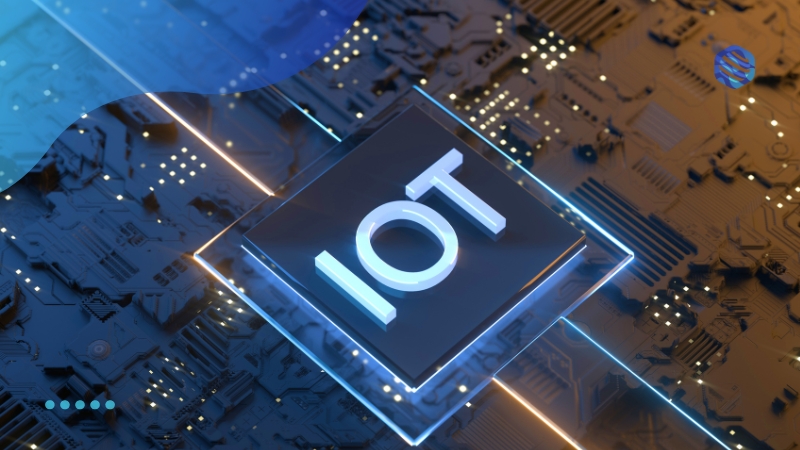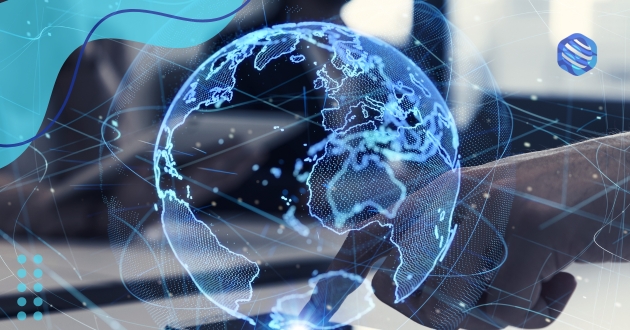The rapid growth of Internet of things devices is transforming industries and everyday life. These devices, which connect to the internet and communicate with each other, are becoming increasingly integrated into various sectors, from healthcare to agriculture.
Furthermore, the scalability of Internet of things devices allows for wide-ranging applications. Whether in smart homes, where devices control lighting and temperature, or in industrial settings, where machinery communicates to optimize production, IoT is reshaping how we interact with the world.
The versatility of Internet of things devices is another key factor driving their popularity. Businesses and consumers alike are leveraging these devices to automate processes, gather data, and improve decision-making.
The Benefits of IoT Devices

1. Enhanced Efficiency (Internet of things devices)
One of the primary advantages of IoT devices is the ability to streamline processes. These devices collect data in real-time, enabling faster decision-making and automation.
For example, smart factories can monitor equipment status and automatically schedule maintenance, minimizing downtime. This level of efficiency was once unimaginable but is now a reality thanks to IoT technology.
2. Cost Reduction
Another key benefit of IoT devices is the potential for significant cost savings. By automating tasks and improving resource management, businesses can reduce operational costs.
For instance, in energy management, smart meters and thermostats help consumers and companies alike to monitor and adjust their energy usage, leading to lower utility bills.
Challenges in Implementing IoT
1. Security Concerns
Despite the numerous benefits, IoT devices also present unique security challenges. As more devices connect to the internet, the risk of cyberattacks increases.
Protecting sensitive data transmitted between IoT devices and ensuring that these devices are secure from external threats is a top priority for developers and users alike.
2. Data Overload (Internet of things devices)
IoT devices generate massive amounts of data, which can be overwhelming for companies without proper infrastructure. Managing, storing, and analyzing this data effectively requires advanced systems and significant investment in cloud computing and data analytics solutions.
The Role of IoT in Data Analytics for Marketing
As businesses increasingly adopt Internet of things, they are also unlocking vast amounts of data that can be leveraged for smarter marketing strategies. IoT devices collect real-time data from various sources, allowing companies to gain deeper insights into customer behavior, preferences, and usage patterns.
This wealth of information, when combined with data analytics for marketing, empowers organizations to create more personalized and targeted marketing campaigns, driving better engagement and customer loyalty.
By using IoT-generated data in marketing analytics, businesses can anticipate consumer needs, optimize their offerings, and enhance customer experiences in ways that were previously unimaginable. This convergence of IoT technology and data analytics is transforming how companies connect with their customers, making marketing more precise and impactful.
Industrial IoT (IIoT)
Internet of things devices are also revolutionizing industries through what is known as the Industrial Internet of Things (IIoT). This subset of IoT focuses on integrating smart devices into manufacturing processes, supply chains, and other industrial systems, making operations more efficient and reducing downtime.
Predictive Maintenance (Internet of things devices)
One of the key applications of IIoT is predictive maintenance. IoT-enabled sensors can monitor the condition of machinery in real-time, allowing businesses to predict when equipment might fail and perform maintenance before a breakdown occurs. This proactive approach minimizes downtime and extends the lifespan of expensive equipment.
IoT Devices and Their Impact on Innovation
The integration of Internet of things devices is driving significant advancements across various industries, fostering a new era of innovation.
These devices enable the seamless flow of information between physical objects and digital systems, creating smarter solutions that optimize operations and enhance user experiences.
From smart cities to healthcare, IoT technology is becoming a cornerstone of modern infrastructure, helping companies innovate faster and more efficiently.
For more insights into how IoT is reshaping industries and contributing to the next wave of technological advancements, you can explore valuable resources BuiltIn, a platform dedicated to innovation and emerging technologies.
FAQ: Internet of Things Devices
1. What are Internet of Things (IoT) devices?
IoT devices are physical objects equipped with sensors, software, and other technologies that enable them to connect to the internet and exchange data with other devices or systems. Examples include smart thermostats, wearable fitness trackers, and industrial sensors.
2. How do IoT devices communicate?
IoT devices communicate through various methods, such as Wi-Fi, Bluetooth, cellular networks, and low-power wide-area networks (LPWAN). These devices send and receive data over the internet, allowing them to interact with each other or with centralized systems.
3. What are the security concerns with IoT devices?
Security is a major concern with Internet of Things devices because they are often vulnerable to cyberattacks. Risks include data breaches, unauthorized access to devices, and the potential for devices to be used in distributed denial of service (DDoS) attacks. Ensuring that devices have strong security protocols and are regularly updated can mitigate these risks.
4. How are IoT devices used in everyday life?
IoT devices are used in various aspects of everyday life, from smart home systems that control lighting and security to wearable devices that track health metrics. They are also used in sectors like healthcare, transportation, and agriculture to automate and optimize tasks.
5. What industries benefit most from IoT devices?
Industries such as healthcare, manufacturing, transportation, and agriculture benefit significantly from Internet of Things devices. These devices help improve efficiency, reduce costs, enhance safety, and provide real-time data for decision-making and operational improvements.
6. How can IoT devices improve sustainability?
IoT devices contribute to sustainability by enabling smarter resource management, such as optimizing energy use in smart grids or reducing water waste in agriculture. Through real-time monitoring and automated systems, IoT helps organizations reduce their environmental footprint.tIn, a platform dedicated to innovation and emerging technologies.
Conclusion: Internet of things devices
The rise of Internet of things devices has undeniably transformed the way we live, work, and interact with technology. From smart homes to industrial automation, IoT has become an integral part of modern society, streamlining processes and enhancing convenience in every area.
However, alongside these advancements come challenges that cannot be ignored, such as security vulnerabilities and data overload. As the number of connected devices continues to grow, addressing these concerns will be essential to ensure the long-term success and safety of IoT ecosystems.
Looking ahead, the future of Internet of things devices is full of potential. As the technology evolves, we can expect even greater innovation in fields like healthcare, smart cities, and environmental sustainability. With proper safeguards in place, IoT will continue to shape our world, making it more connected, intelligent, and efficient.


